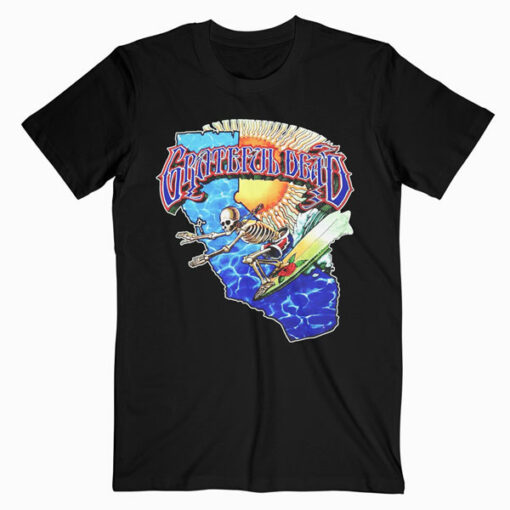The reef is usually made from coral, and because of this, many injuries occur whereas surfing reef breaks. However, the waves which are skeleton surfing t shirt produced by reef breaks are a few of the best on the earth. Famous reef breaks are current in Padang Padang (Indonesia), Pipeline (Hawaii), Uluwatu (Bali), and Teahupo'o (Tahiti). When surfing a reef break, the depth of the water must be thought-about as surfboards have fins on the underside of the board. Different onshore and off-shore wind patterns within the surf zone create various kinds of waves.
The impact of a Type 1 jetty is sediment accumulation in a wedge formation on the jetty. These waves are giant and increase in measurement as they pass over the sediment wedge formation. An instance of a Type 1 jetty is Mission Beach, San Diego, California.

Barrel waves are massive as a result of the water depth is small when the wave breaks. Thus, the breaker depth (or force) will increase, and the wave speed and height improve. Off-shore winds produce non-surfable conditions by flattening a weak swell. Weak swell is produced from floor gravity forces and has long wavelengths.
The waves converge constructively after they refract and increase the sizes of the waves. A ledge break is formed by steep rocks ledges that makes intense waves as a result of the waves journey via deeper water then abruptly attain shallower water at the ledge. Ledge breaks create troublesome surfing conditions, generally only allowing body surfing as the only feasible way to confront the waves. A reef break is conducive to surfing because large waves constantly break over the reef.
This 1000-meter jetty was put in in 1950 at the mouth of Mission Bay. The surf waves occur north of the jetty, are longer waves, and are highly effective. The bathymetry of the ocean bottom in Mission Bay has a wedge shape formation that causes the waves to refract as they become closer to the jetty.
Onshore winds trigger random wave breaking patterns and are more suitable for skilled surfers. Light offshore winds create smoother waves, while robust direct offshore winds cause plunging or giant barrel waves.